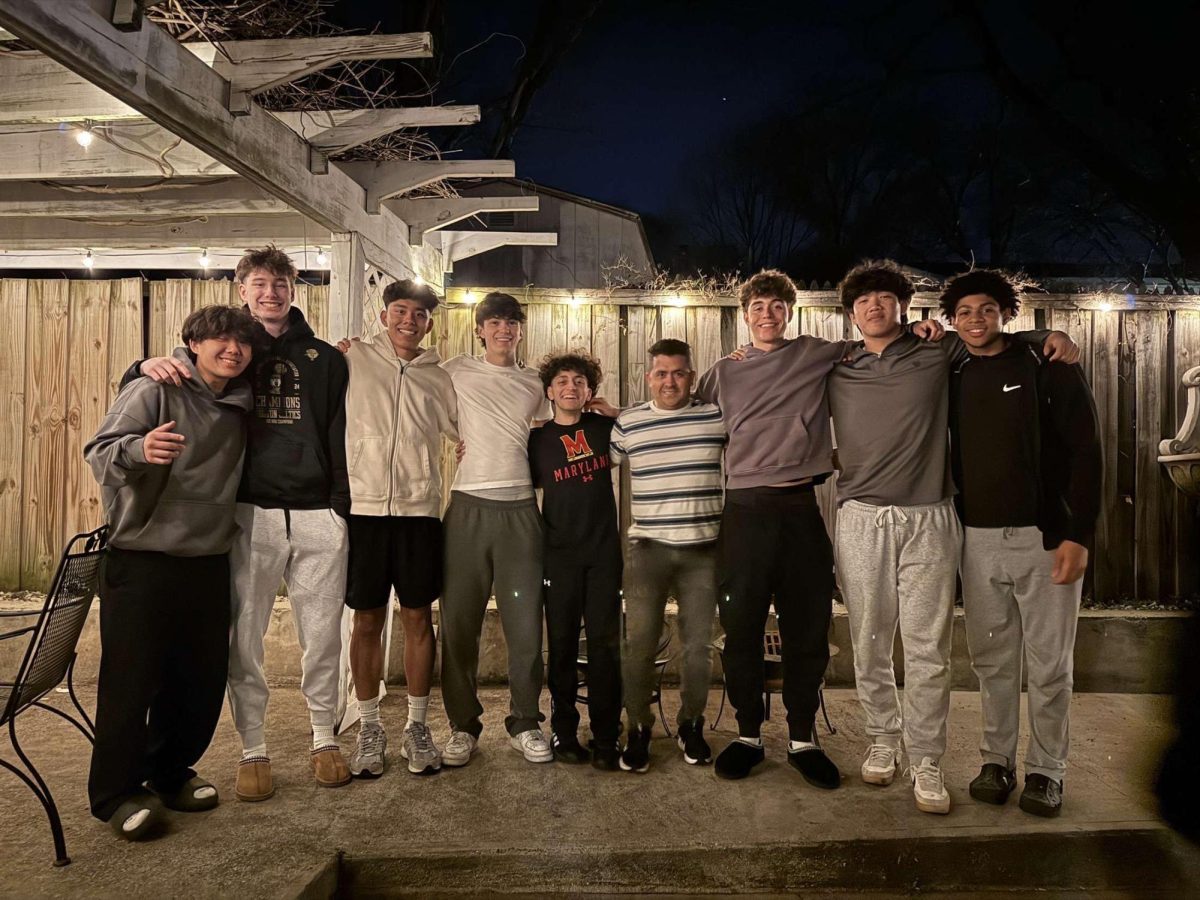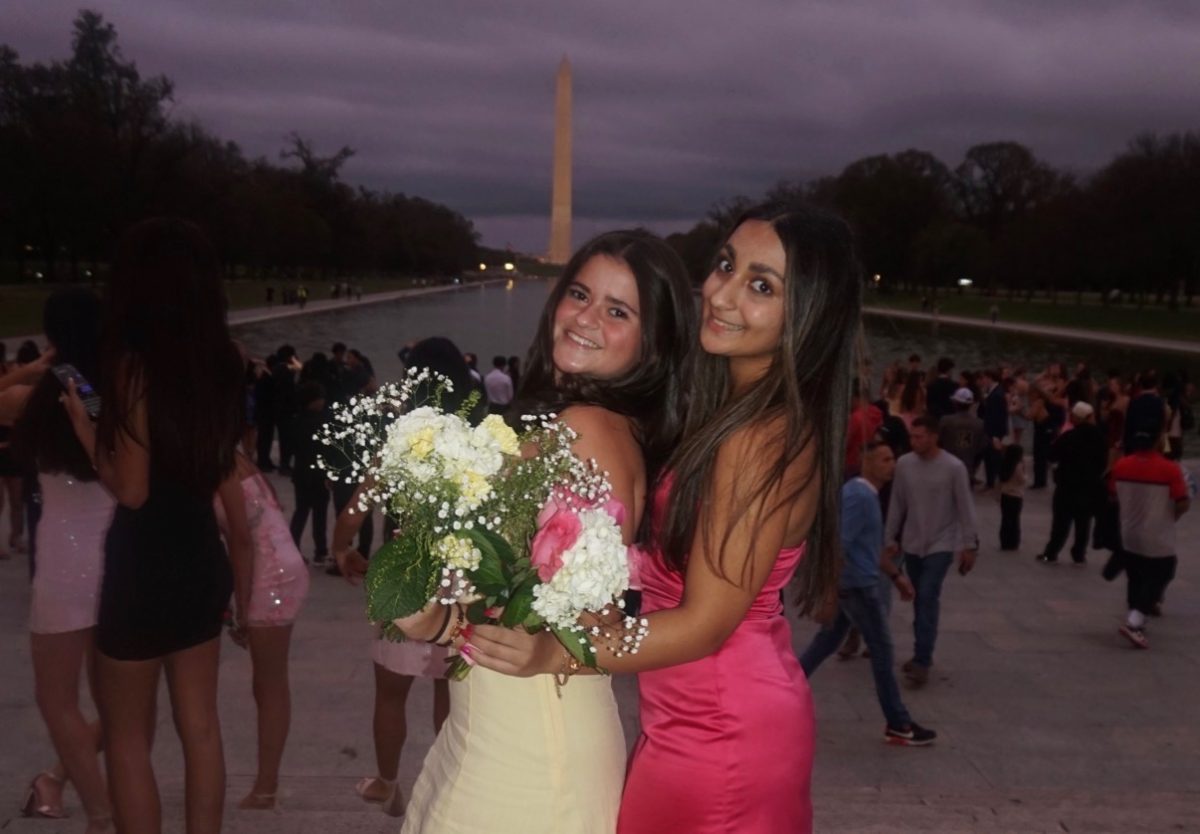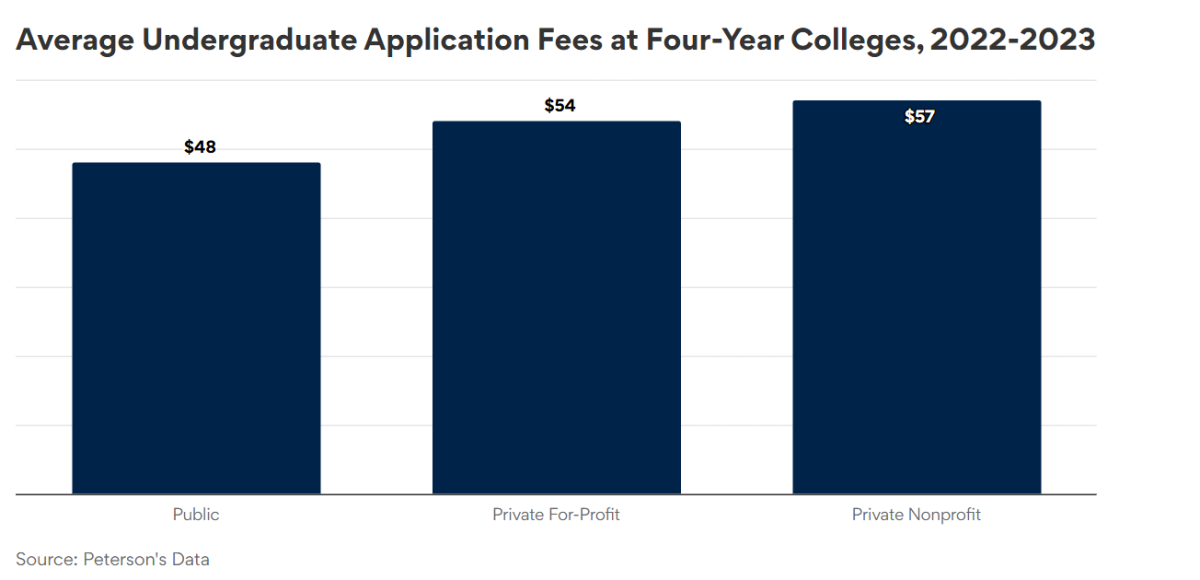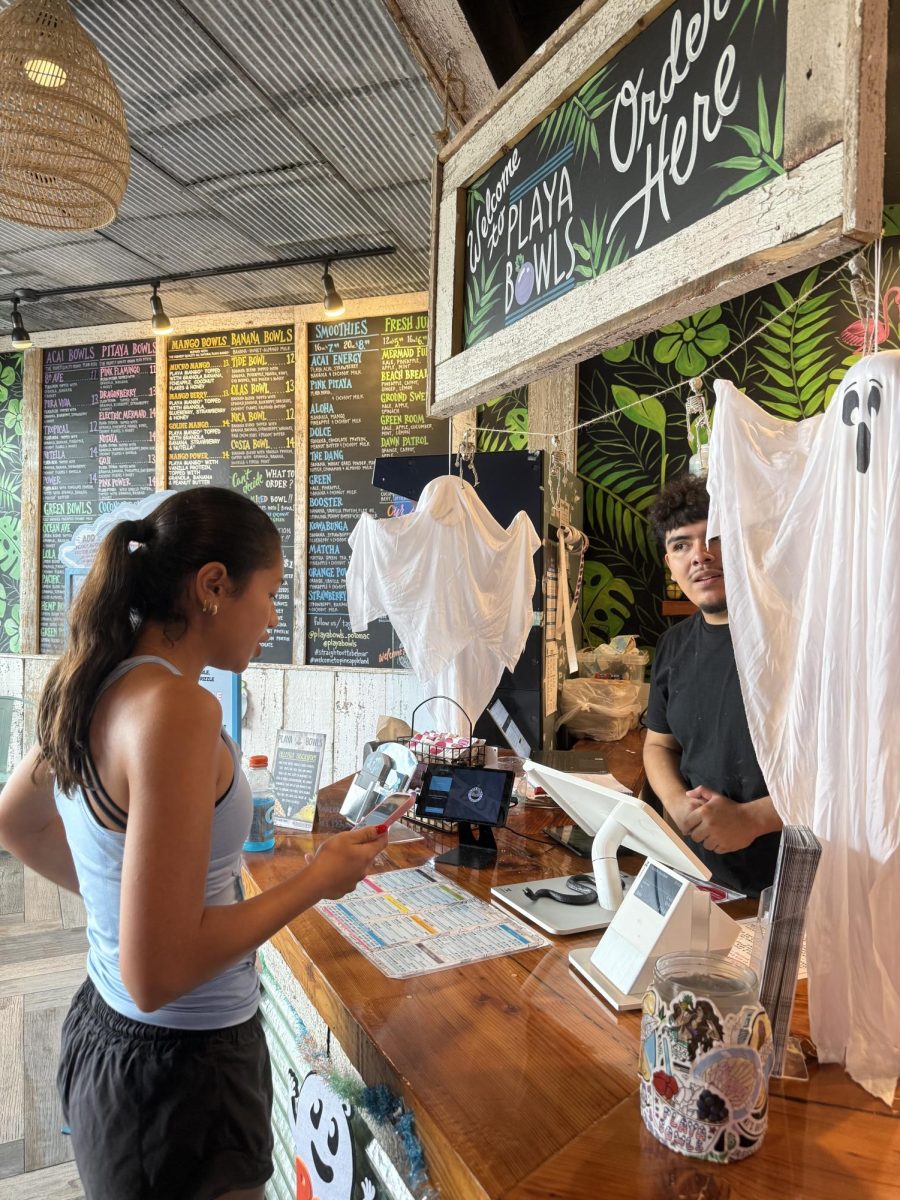Persian culture is rich with traditions, especially in the months of March and April, when people celebrate Nowruz, Chaharshanbe Suri and Sizdah Bedar. These holidays mark the arrival of spring and are deeply rooted in Persian history. They symbolize renewal, joy and a connection with nature. Each celebration has its own customs, bringing families and communities together in meaningful ways.
The most significant holiday during this time is Nowruz, the Persian New Year, which falls on the spring equinox. Meaning “New Day,” Nowruz has been celebrated for over 3,000 years as a time of renewal and hope. In preparation, families engage in khooneh tekouni (spring cleaning), buy new clothes, and set up the Haft-Seen table, which includes seven symbolic items that start with the Persian letter “s.” These items represent health, prosperity and happiness for the new year. During Nowruz, people visit family and friends, exchange gifts, and share special meals, such as sabzi polo ba mahi (herbed rice with fish). The holiday is a time for strengthening bonds and welcoming positive energy for the year ahead. “I love spending time with all my family on this day enjoying the delicious food and just having fun,” junior Lily Semani said.
Before Nowruz officially begins, Persians celebrate Chaharshanbe Suri, the Fire Festival, on the last Tuesday night before the new year. This exciting event involves jumping over small bonfires while chanting, “Zardi-ye man az to, sorkhi-ye to az man,” which means, “May my sickness go to you, and your warmth come to me.” This tradition symbolizes letting go of negativity and embracing new beginnings. Fire has long been considered sacred in Persian culture, representing light and purification. On this night, streets and parks come alive with fireworks, music and gatherings, creating an atmosphere of excitement and joy. “My friend invited me to his house this year to celebrate Chaharshandbe Suri, it was fun to jump over fire and eat all the good foods,” senior Toby Subiela said.
Thirteen days after Nowruz, Persians celebrate Sizdah Bedar, also known as Nature Day. On this day, families leave their homes to spend time outdoors, having picnics in parks, by rivers or in the countryside. The holiday is rooted in the belief that the number 13 is unlucky, so spending the day outside is thought to drive away bad luck. A popular tradition during Sizdah Bedar is throwing Sabzeh (sprouted wheat or lentils from the Haft-Seen) into running water. This act symbolizes releasing negativity and making wishes for the future. The day is filled with games, laughter, and relaxation, emphasizing the importance of nature in Persian culture. “Since a kid I’ve enjoyed going to the parks and celebrating Sizdah Bedar and letting the Haft-Seen float away in the water,” senior Daniel Yaya said.
Together, Nowruz, Chaharshanbe Suri, and Sizdah Bedar reflect the deep cultural values of renewal, joy and harmony with nature. These celebrations bring people together, strengthening traditions that have been passed down for generations. Whether it’s the excitement of fire-jumping, the warmth of family gatherings or the peacefulness of a picnic in nature, these holidays serve as a reminder of the beauty and resilience of Persian culture.








![Editors-in-Chief Ahmed Ibrahim, Helen Manolis, Cameron Cowen, Alex Grainger, Emory Scofield, Hayley Gottesman, Rebekah Buchman and Marley Hoffman create the first print magazine of the year during the October press days. “Only a quarter of the schools in MCPS have programs that are like ours, a thriving, robust program. That makes me really sad. This is not just good for [the student journalists] to be doing this, it’s good for the entire community. What [student journalists] provide to the community is a faith in journalism and that continues for their lifetimes," Starr said.](https://woottoncommonsense.com/wp-content/uploads/2025/10/wmpoFTZkCPiVA3YXA4tnGoSsZ4KmnKYBIfr18p3l-900x1200.jpg)
